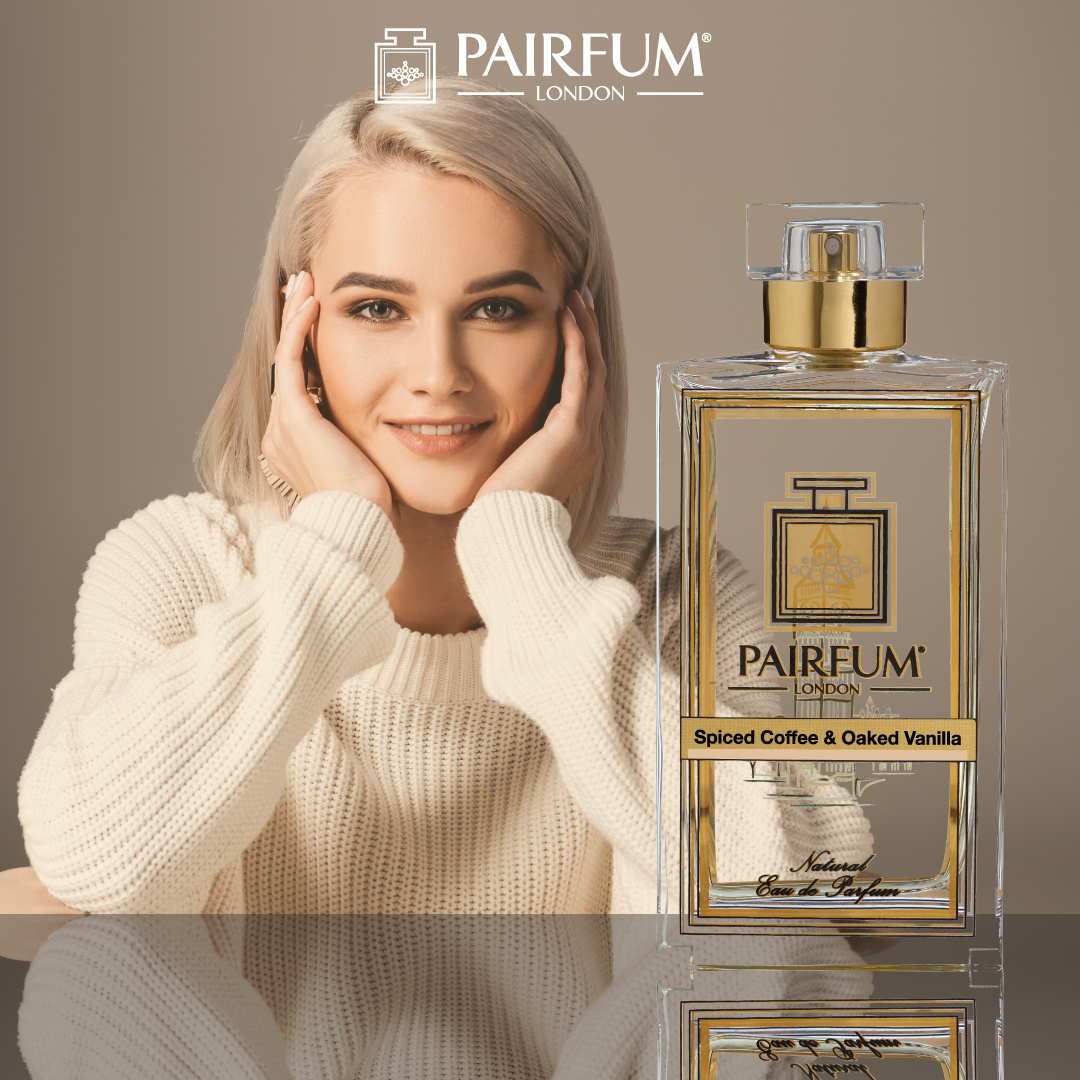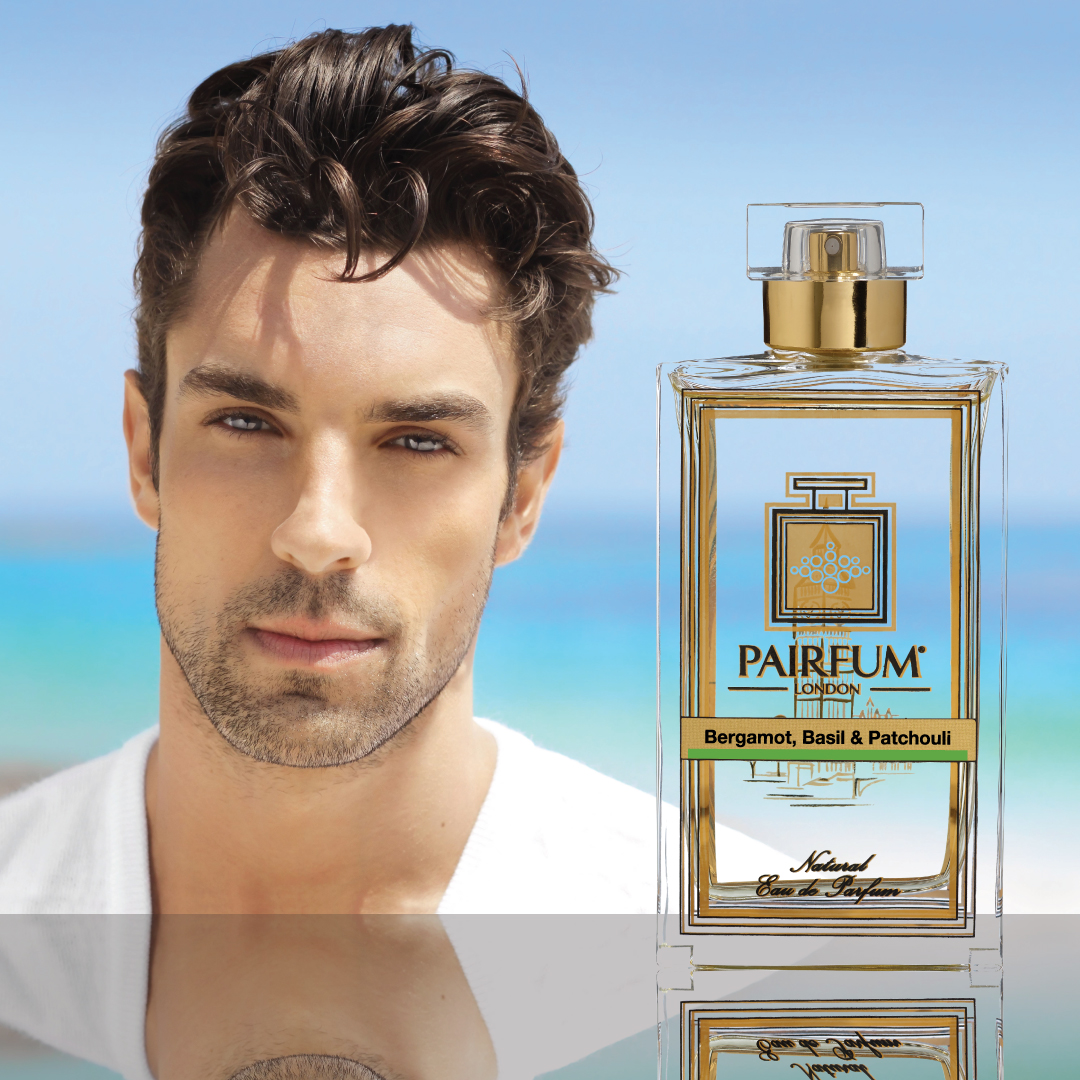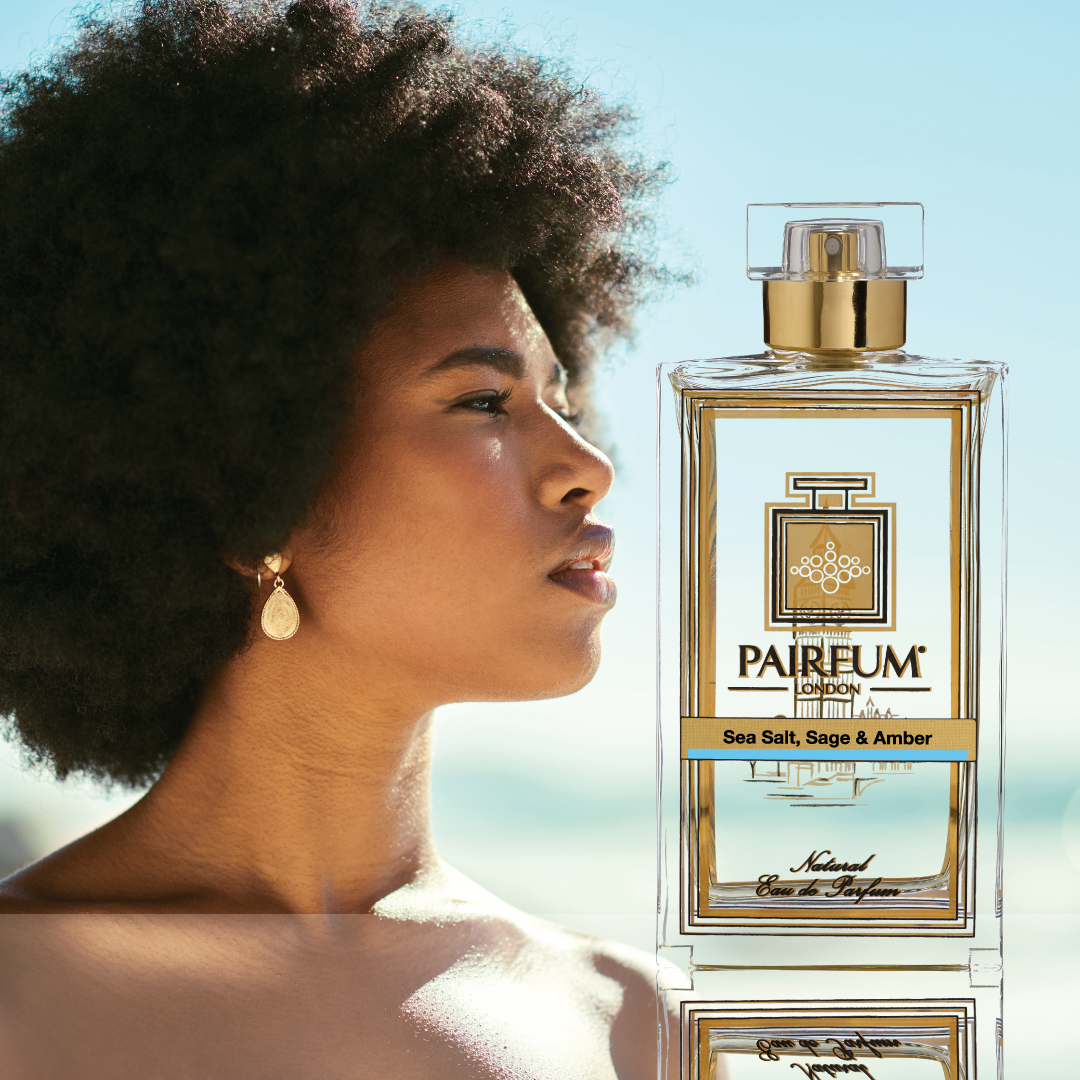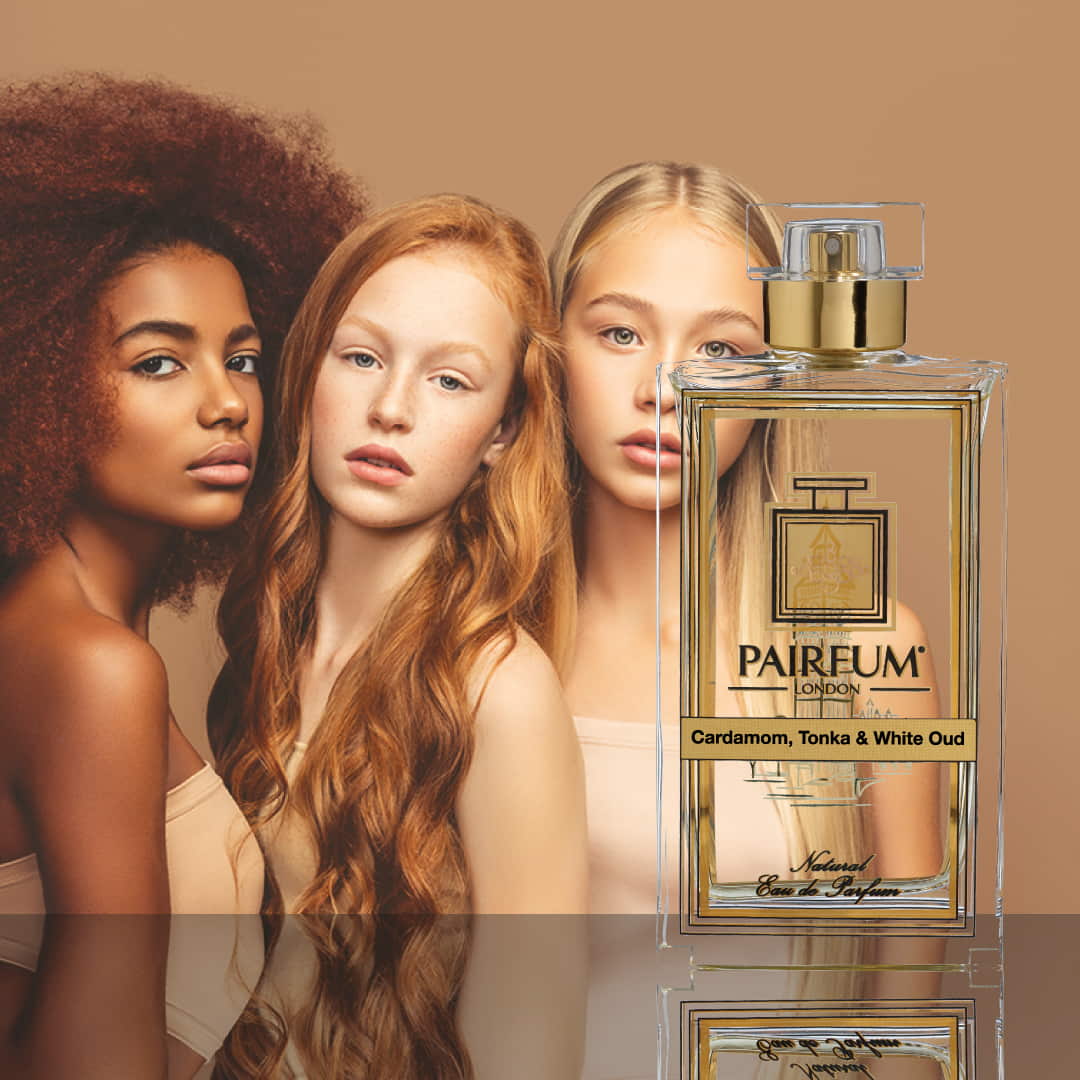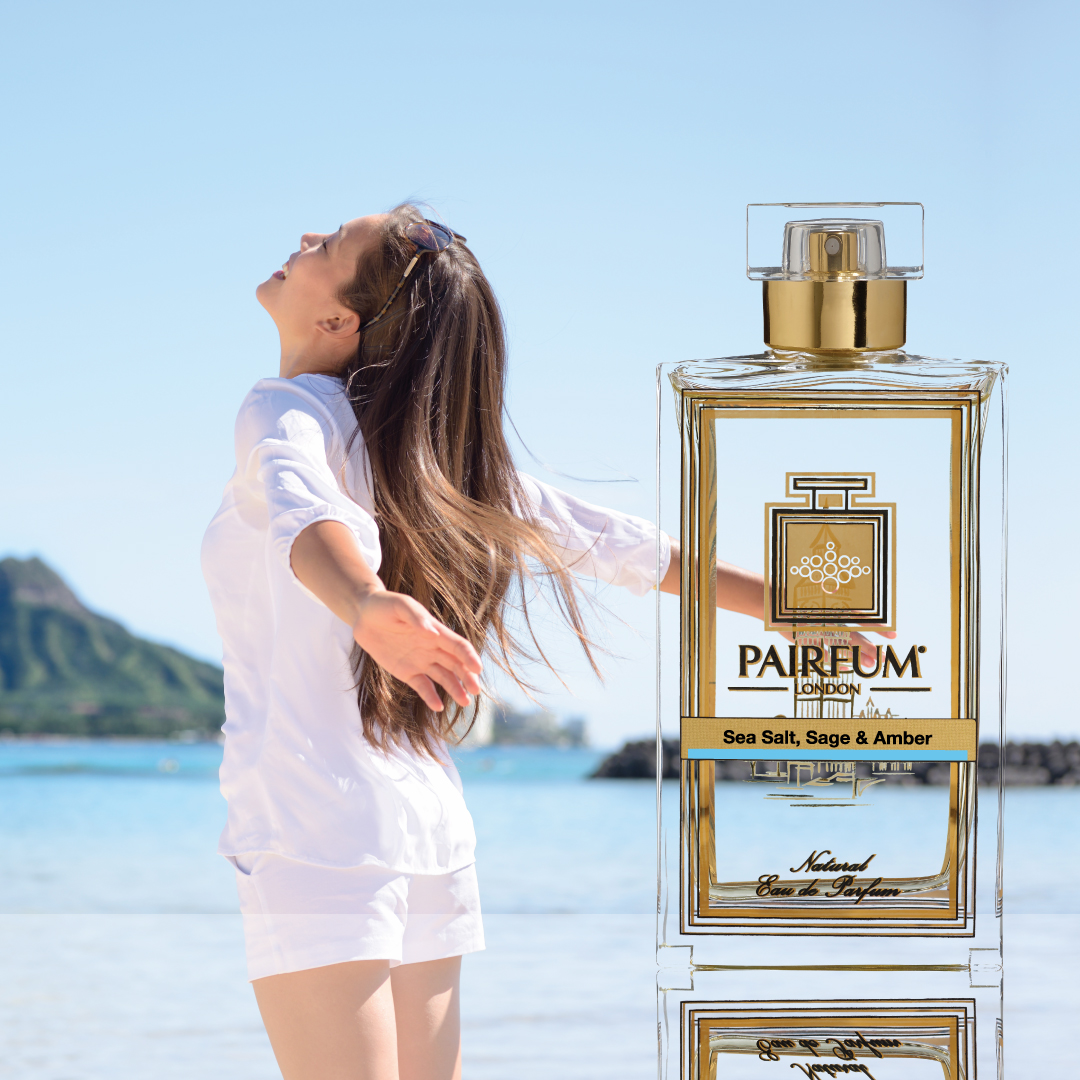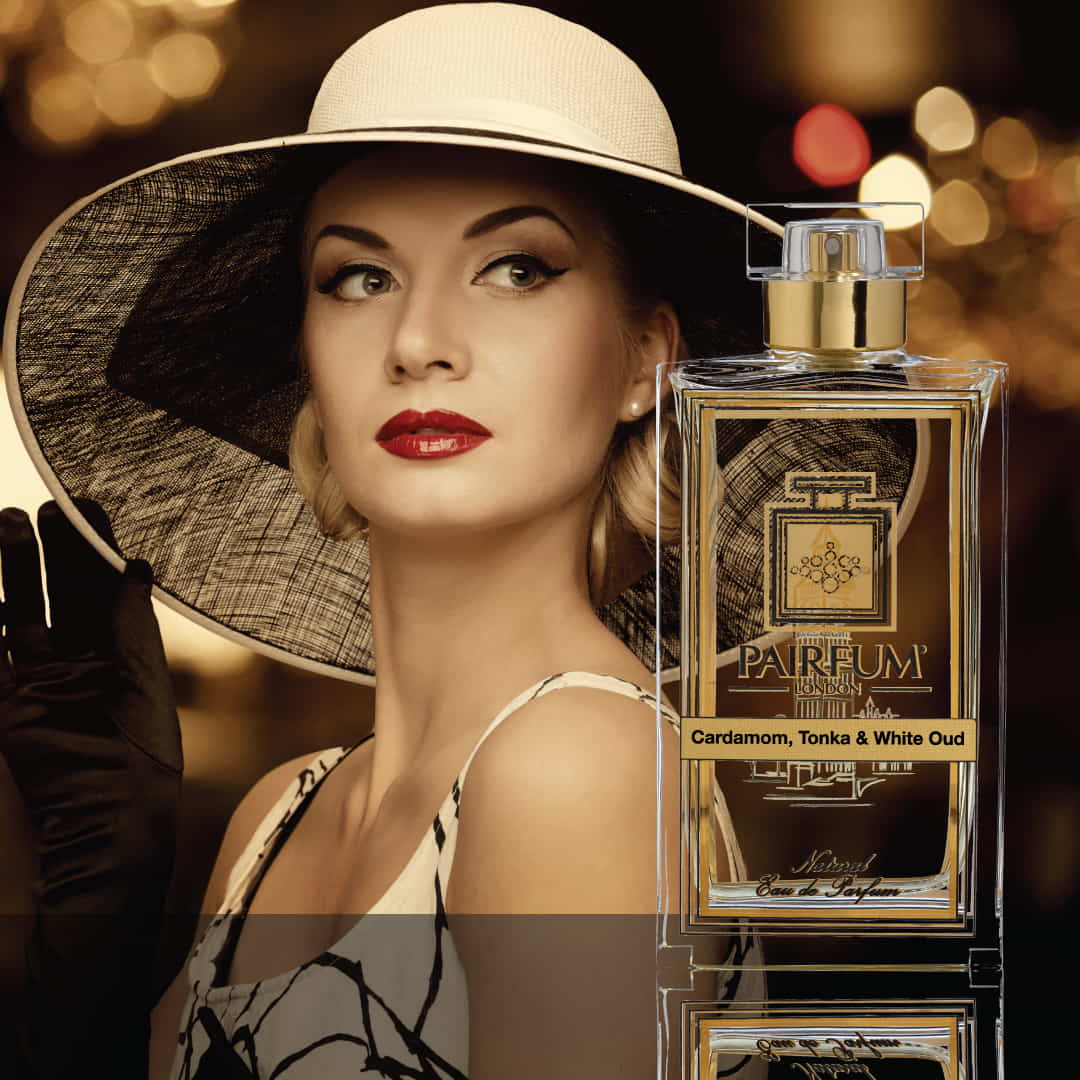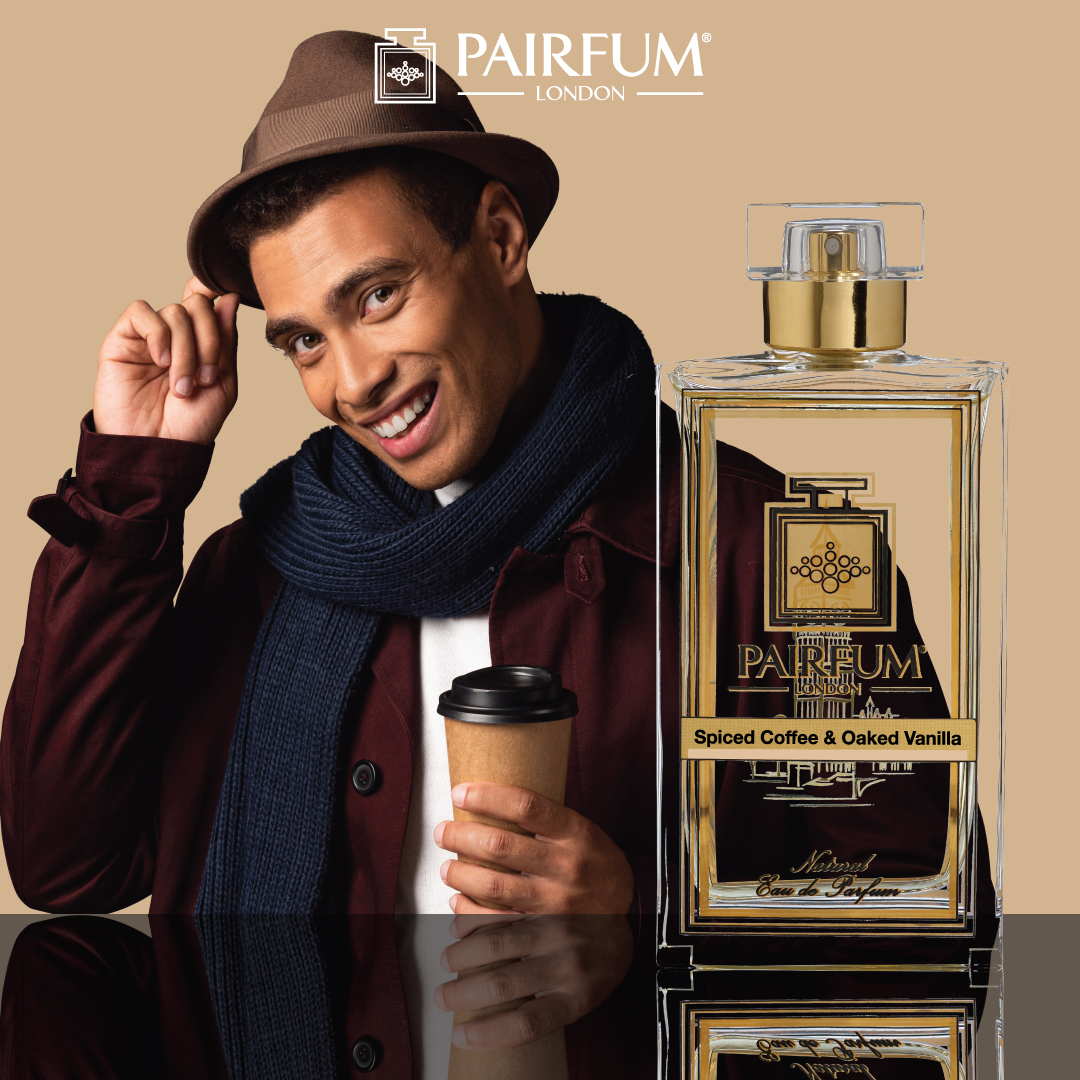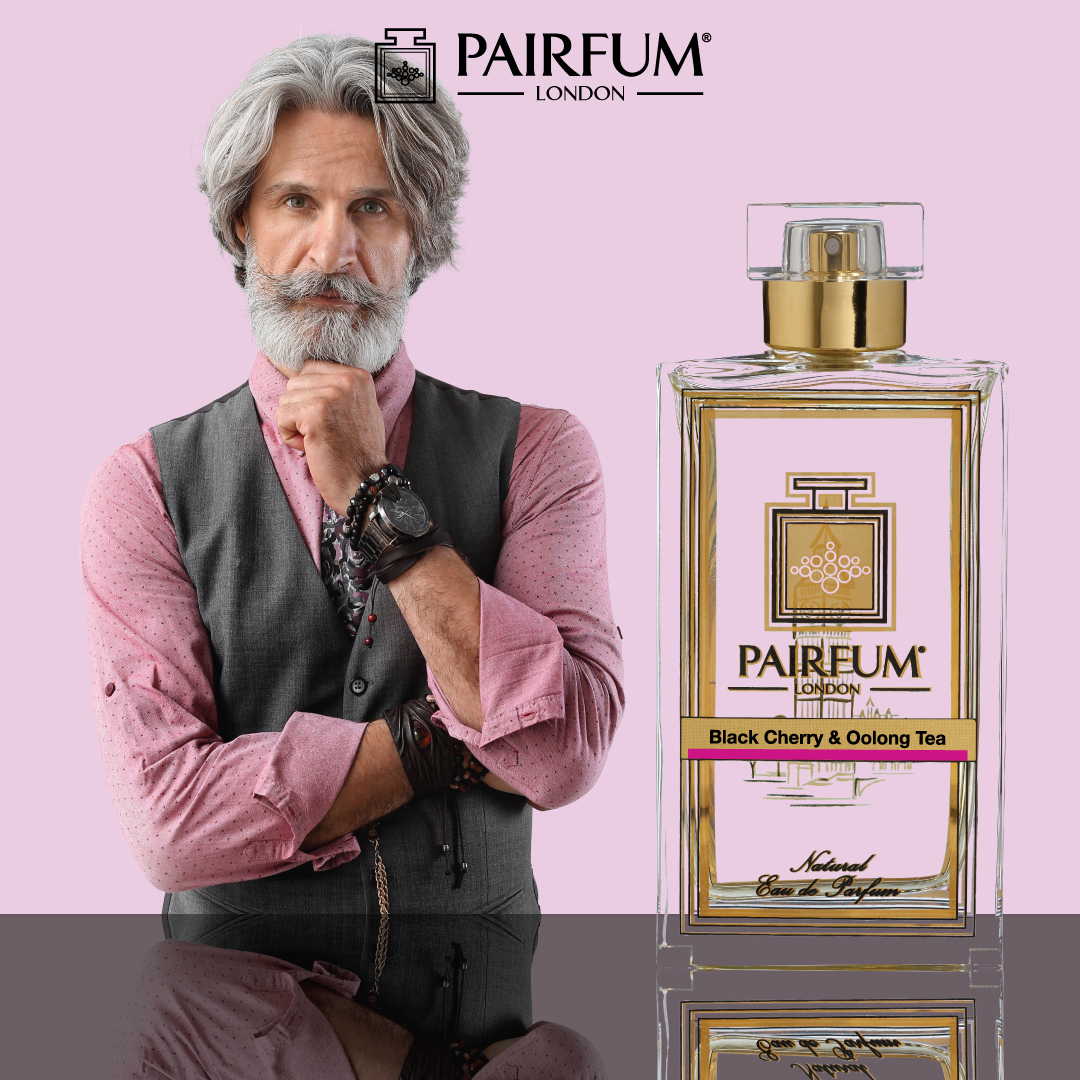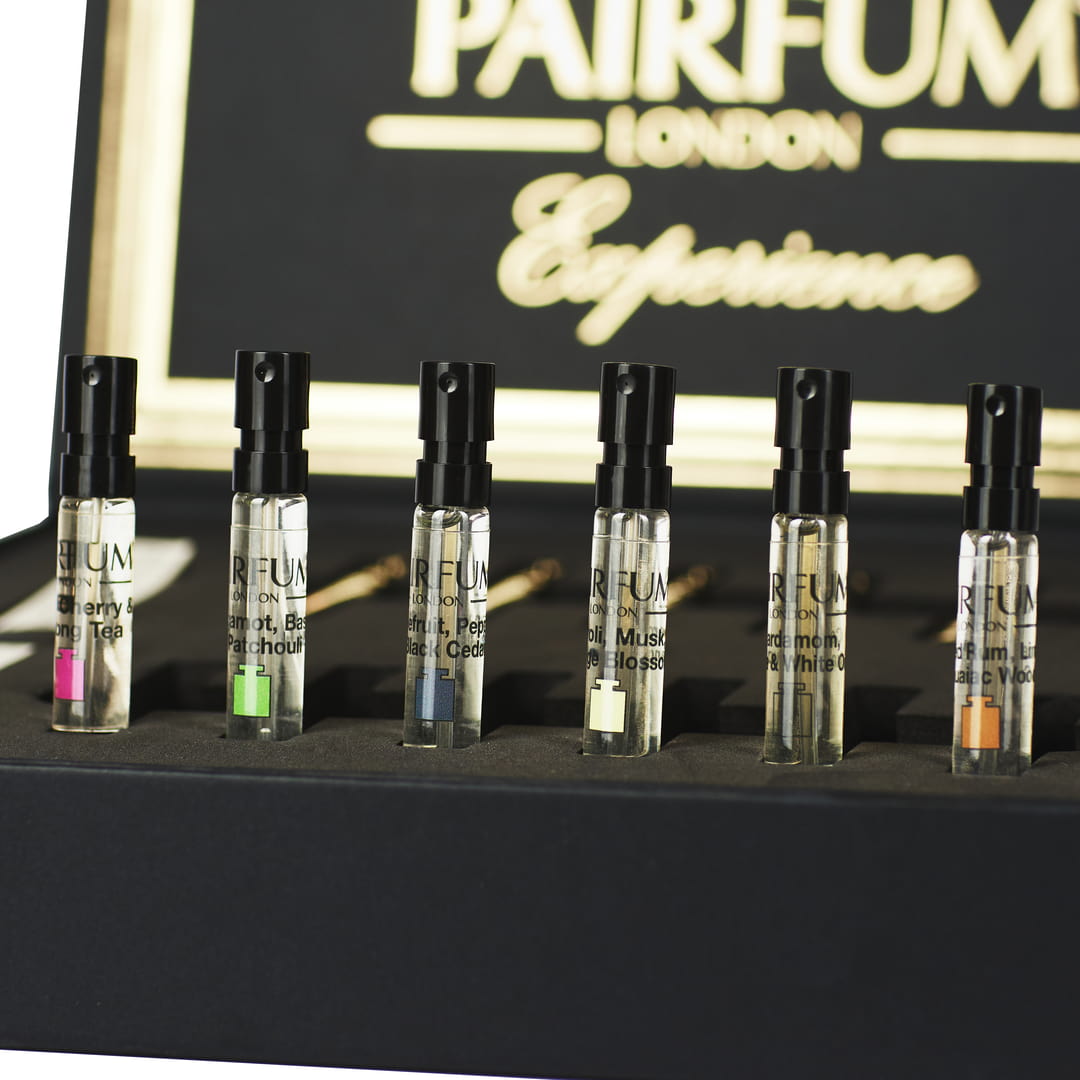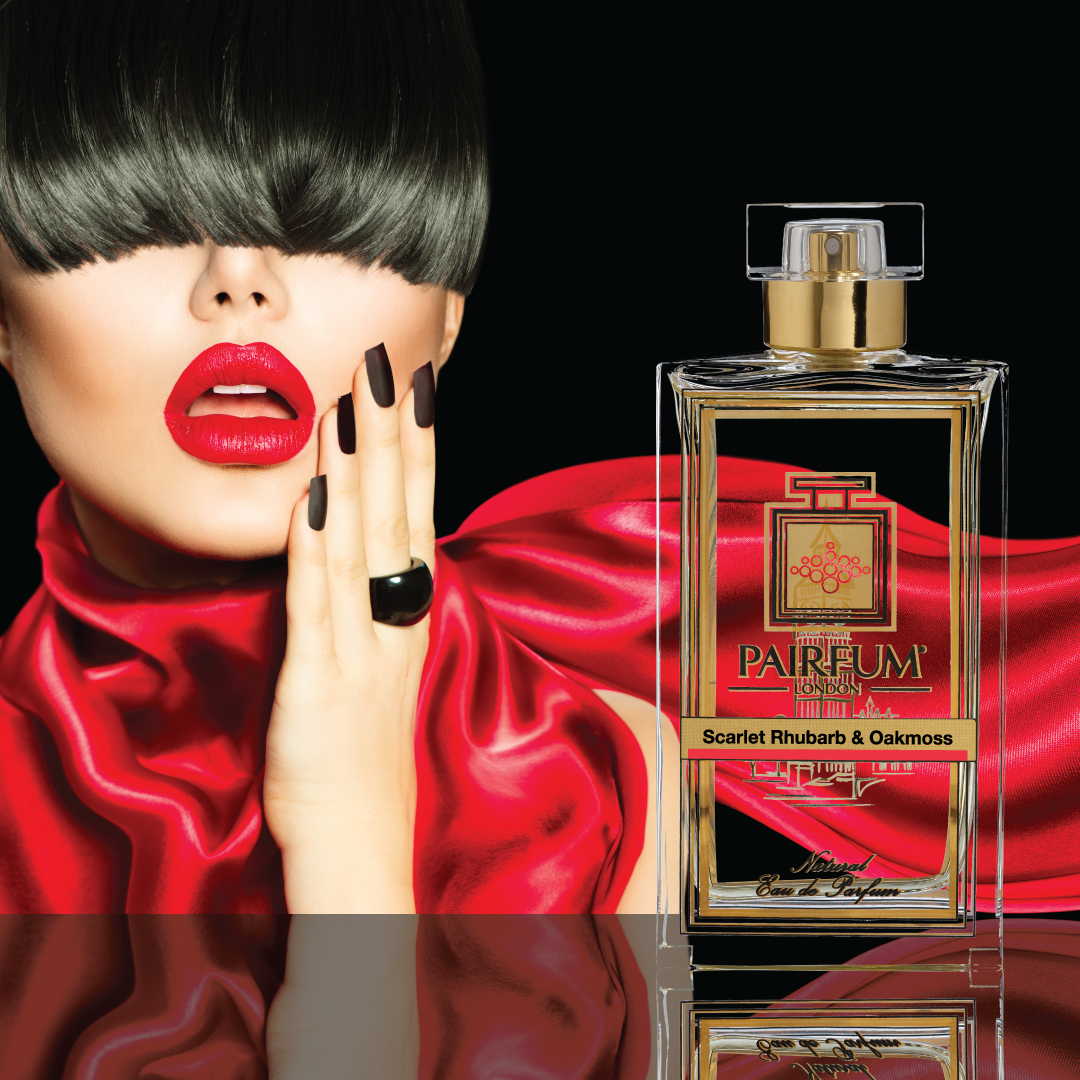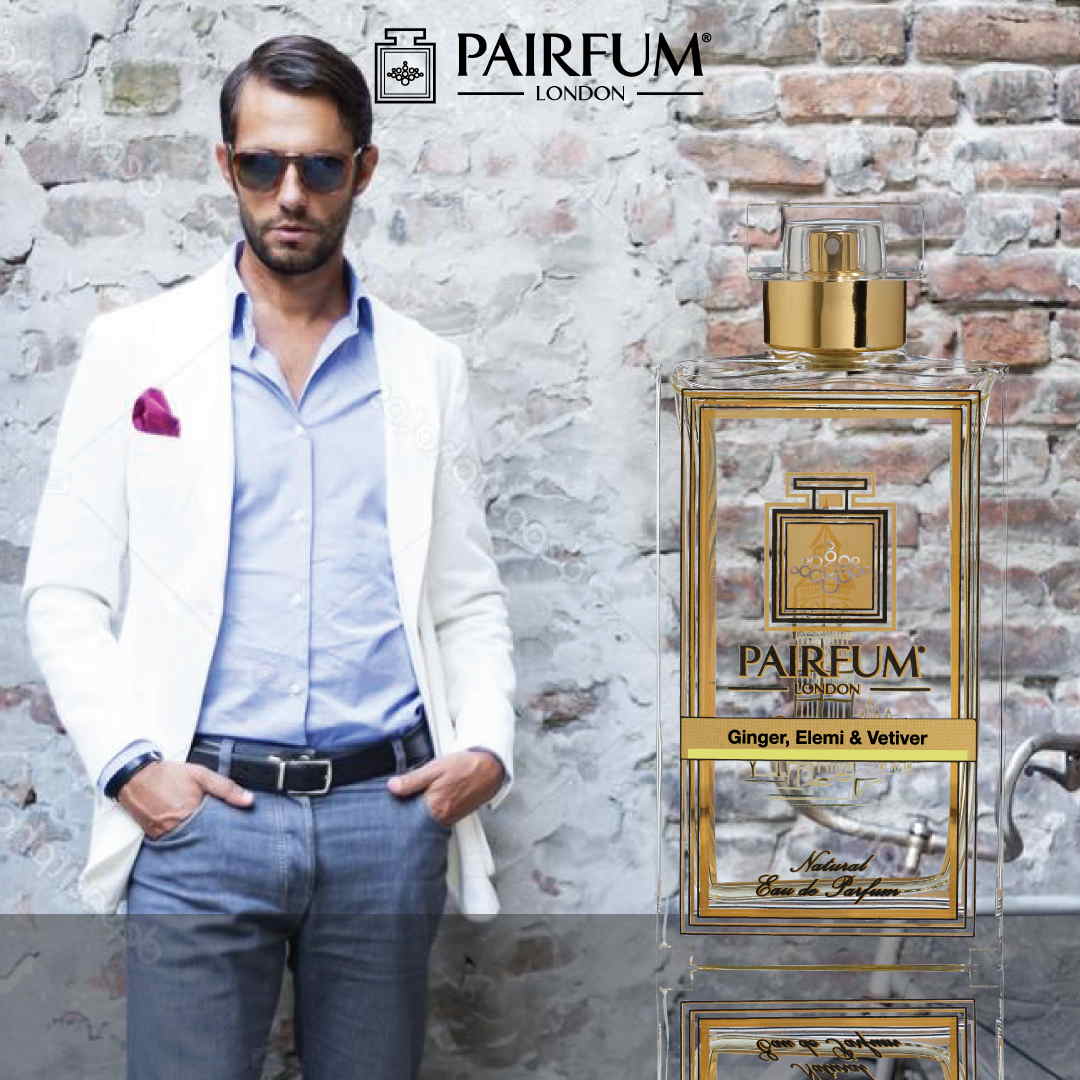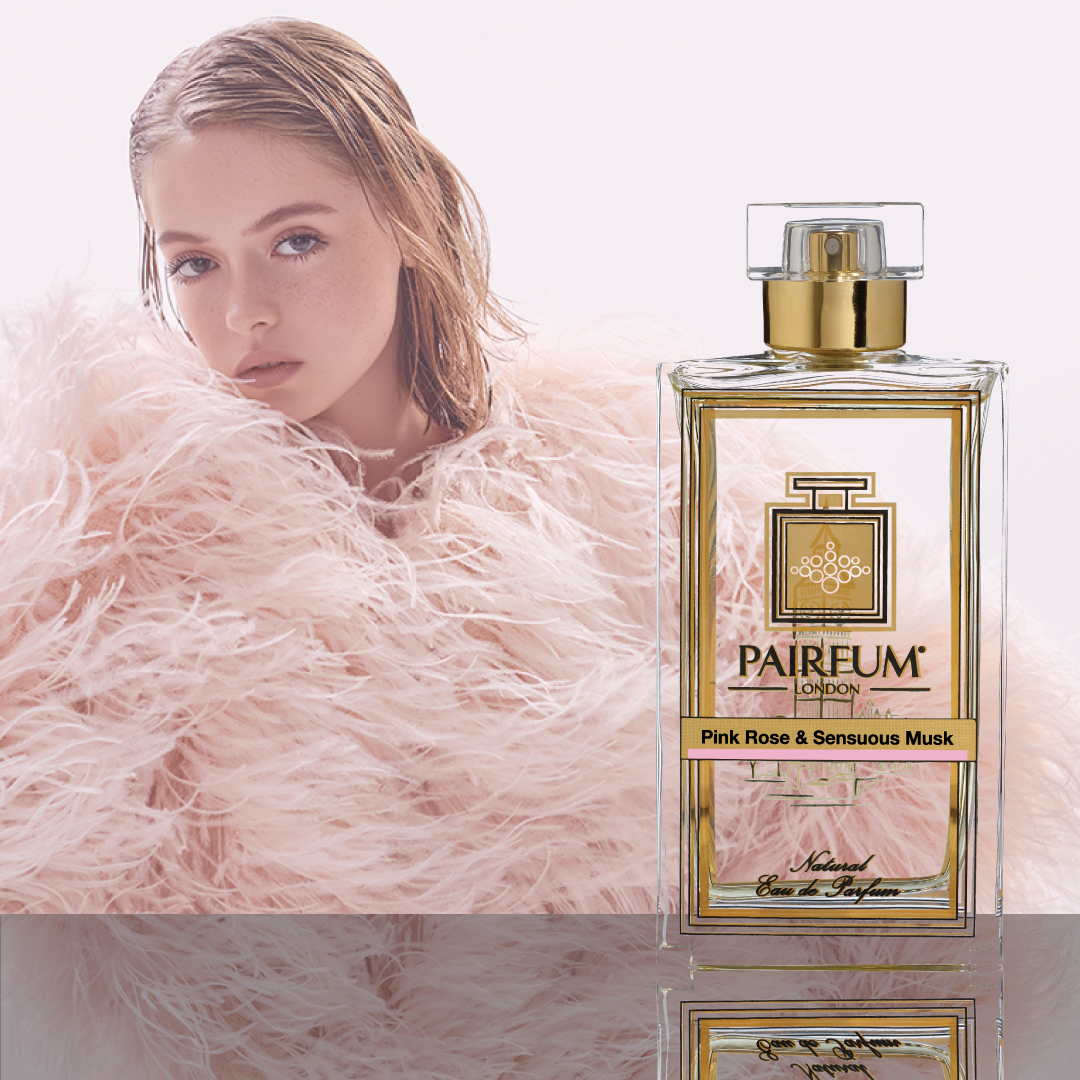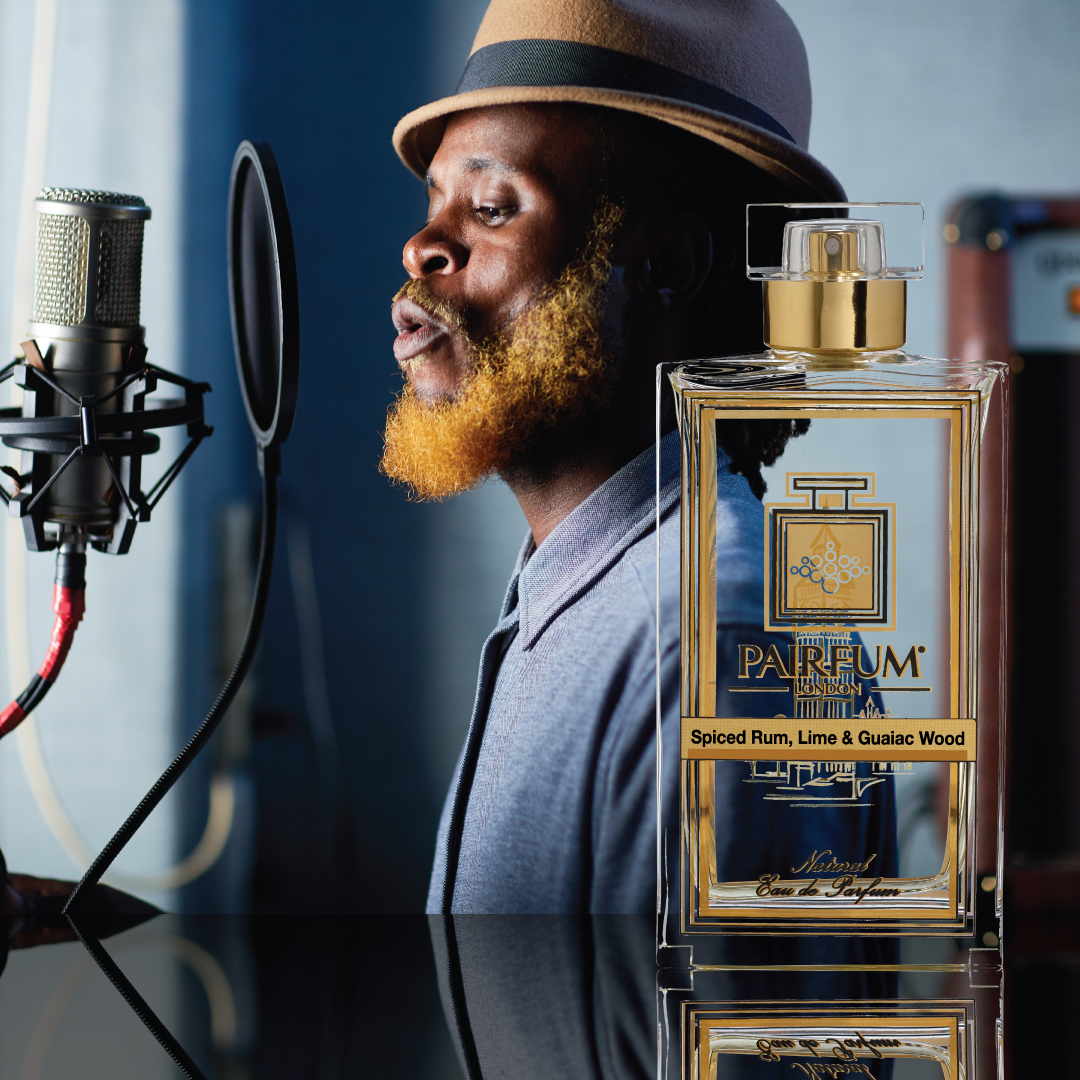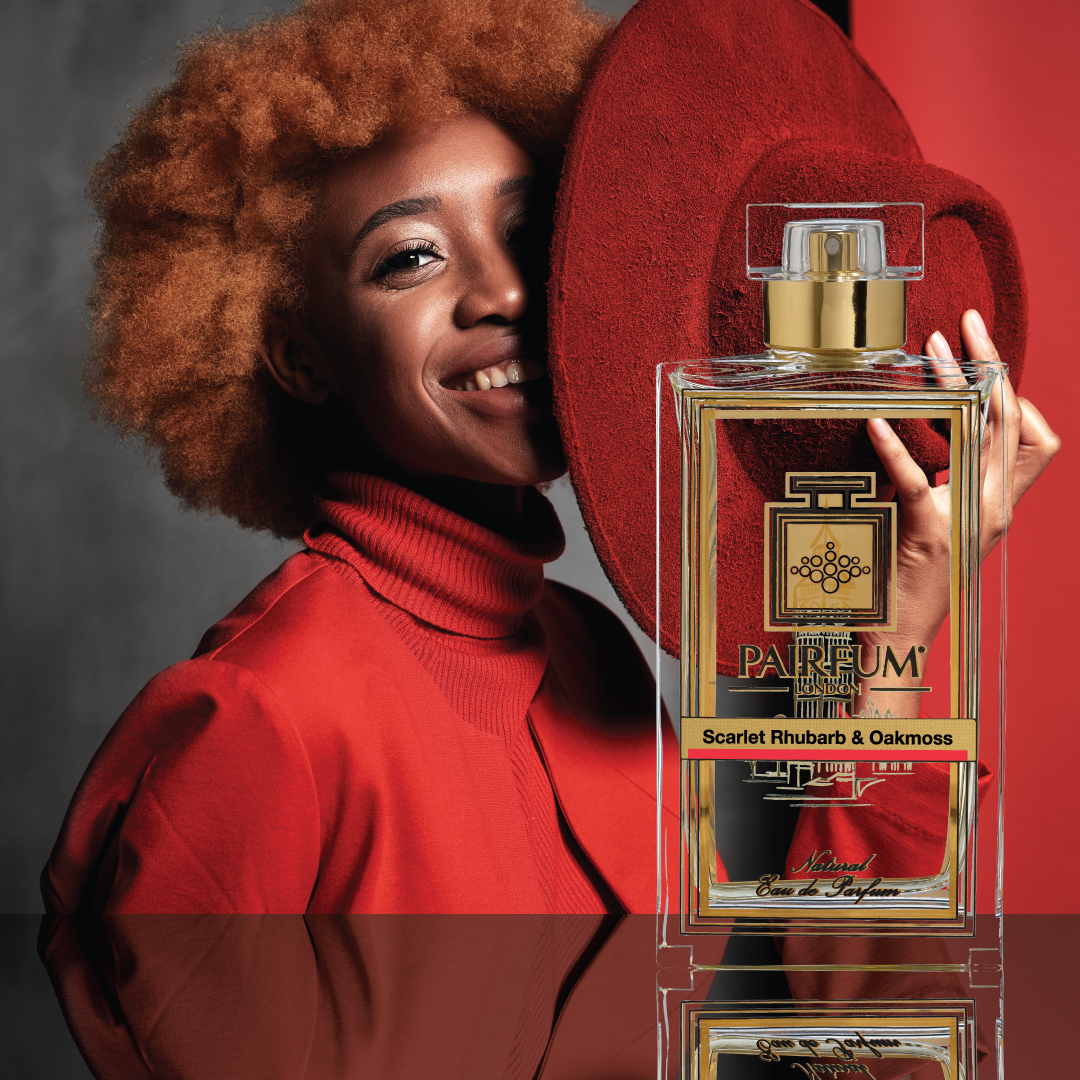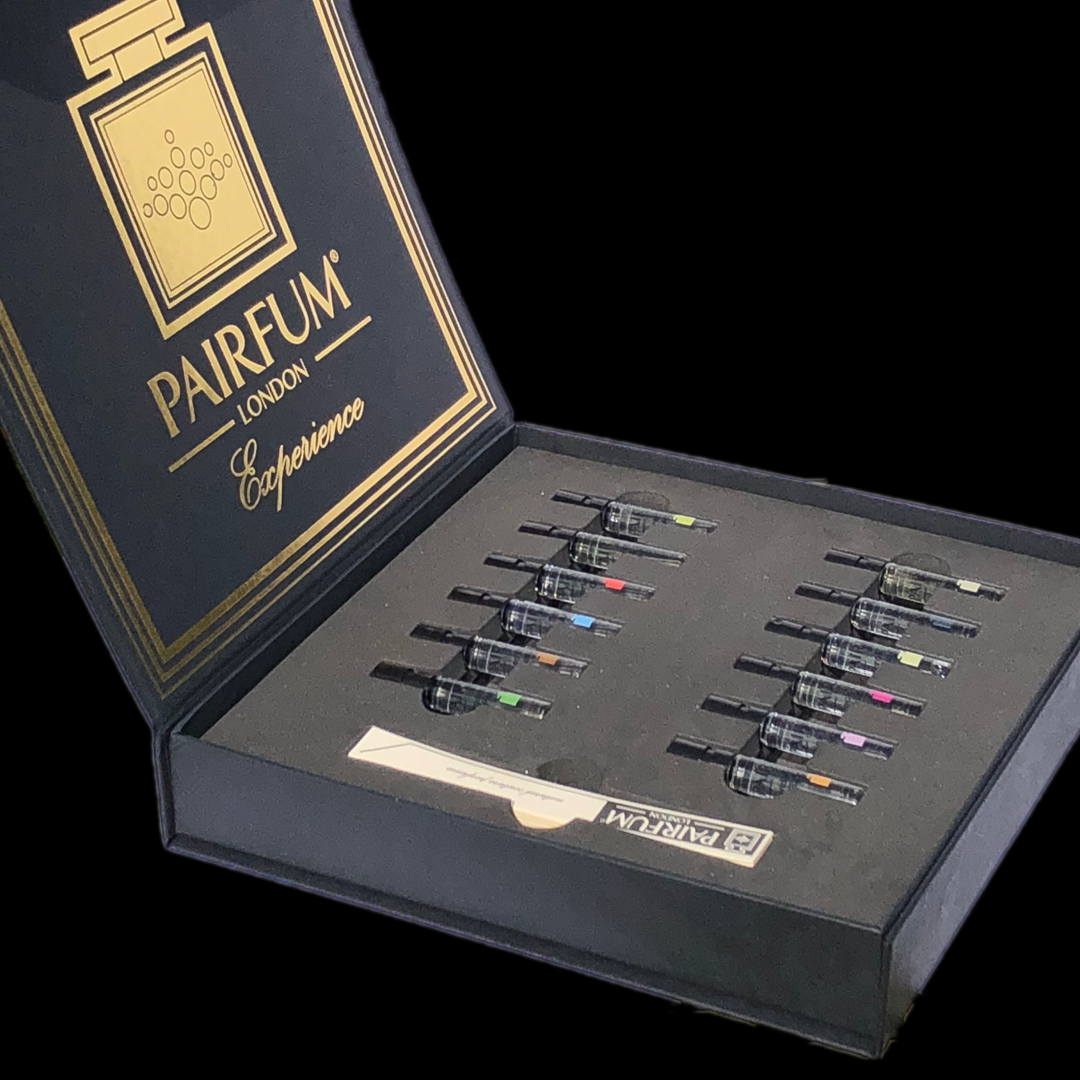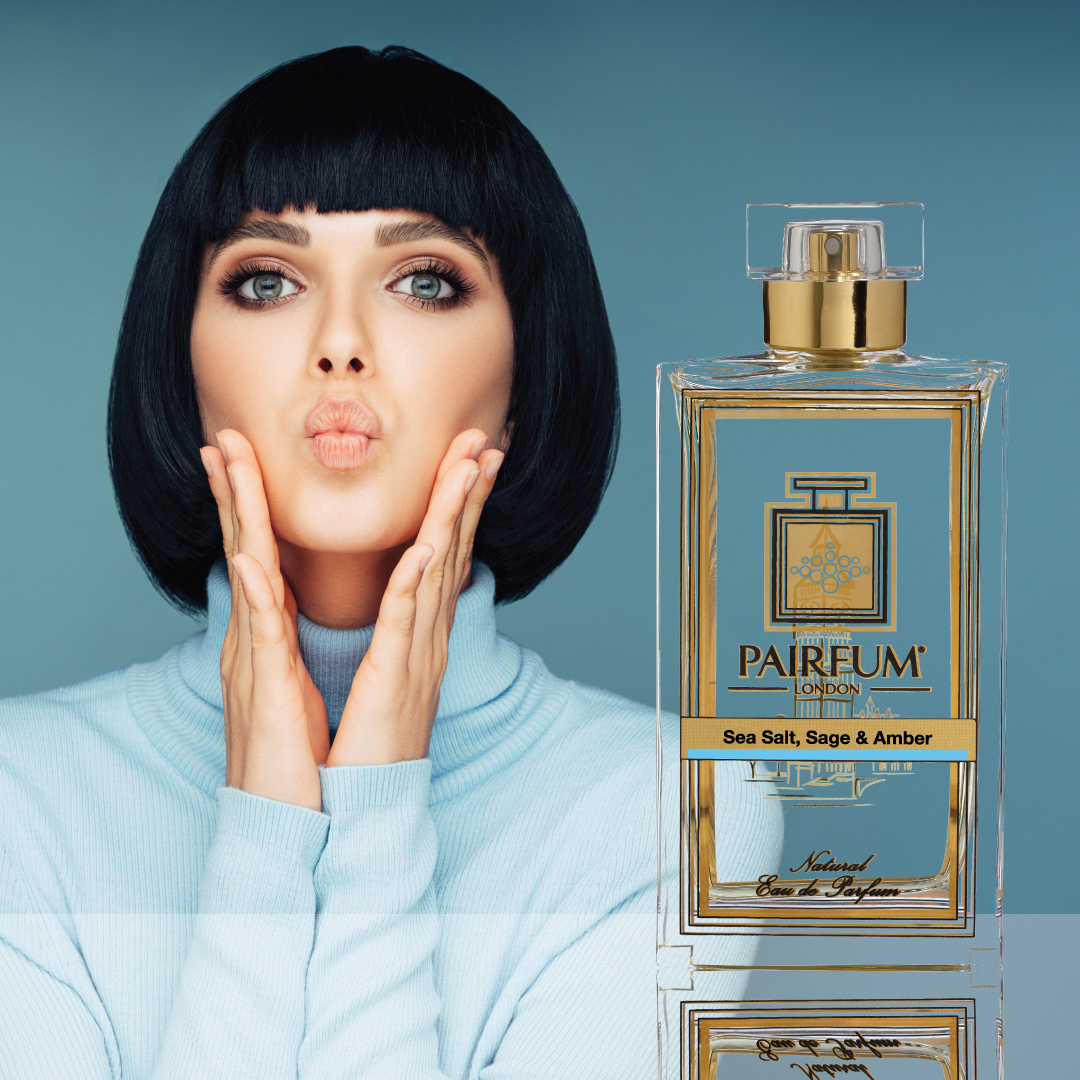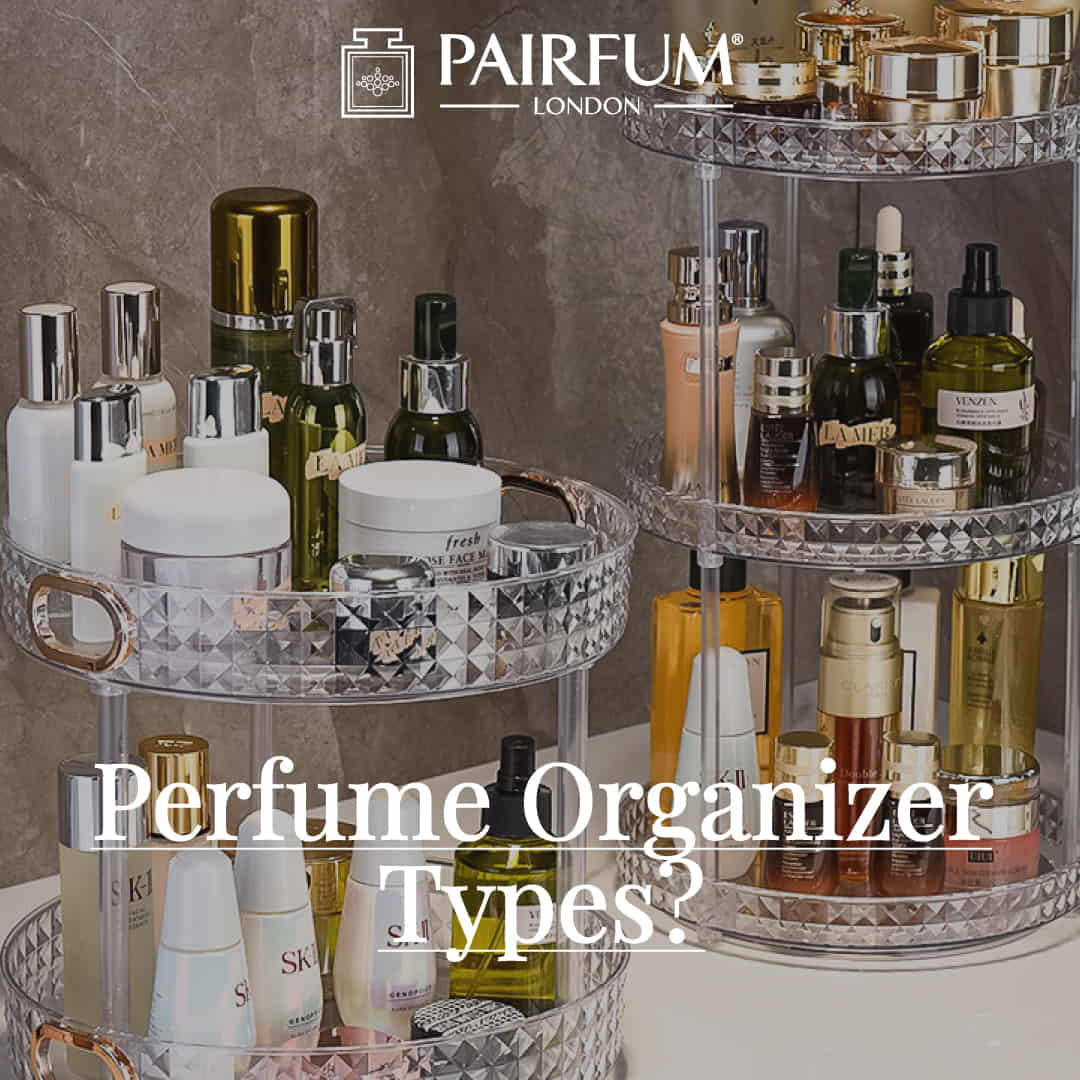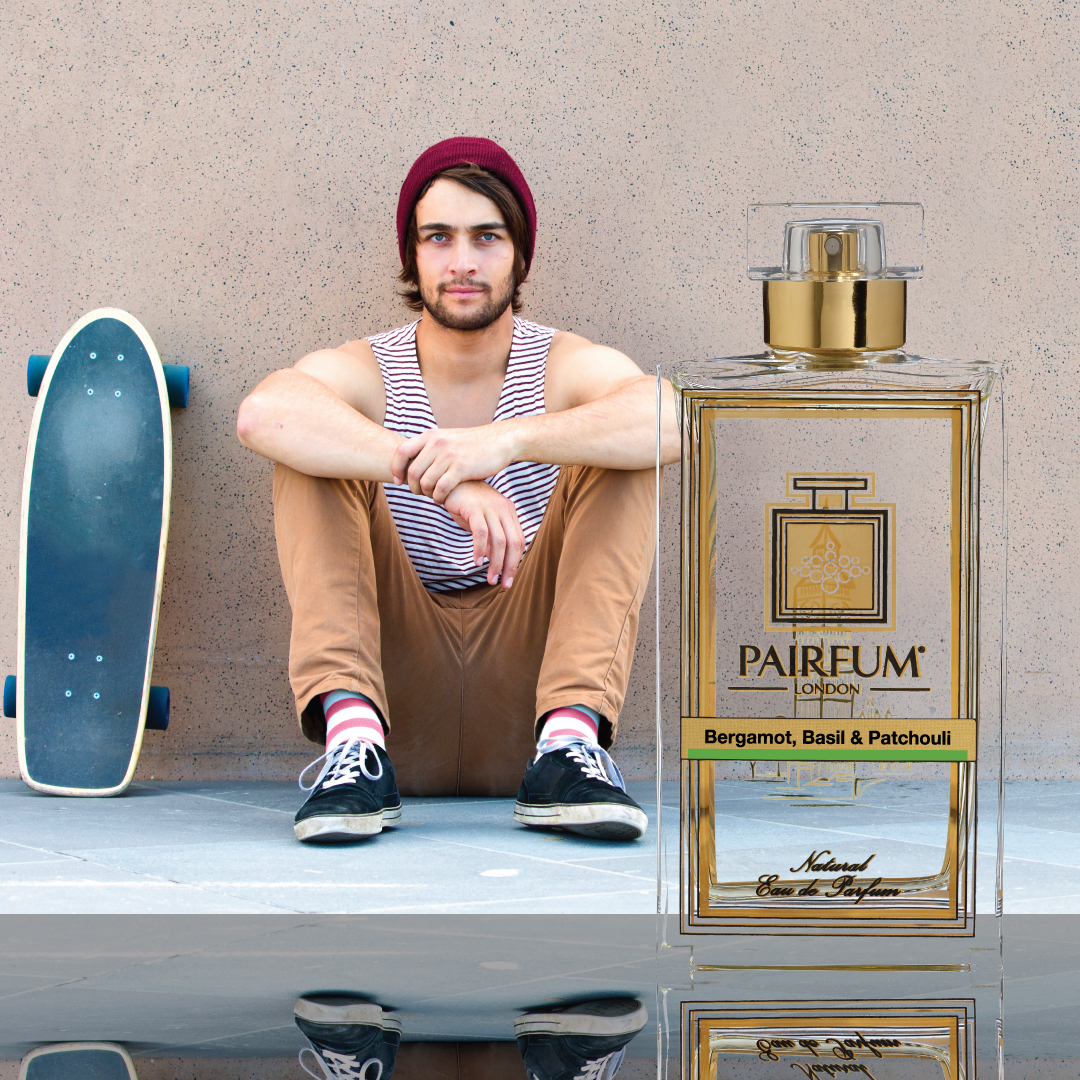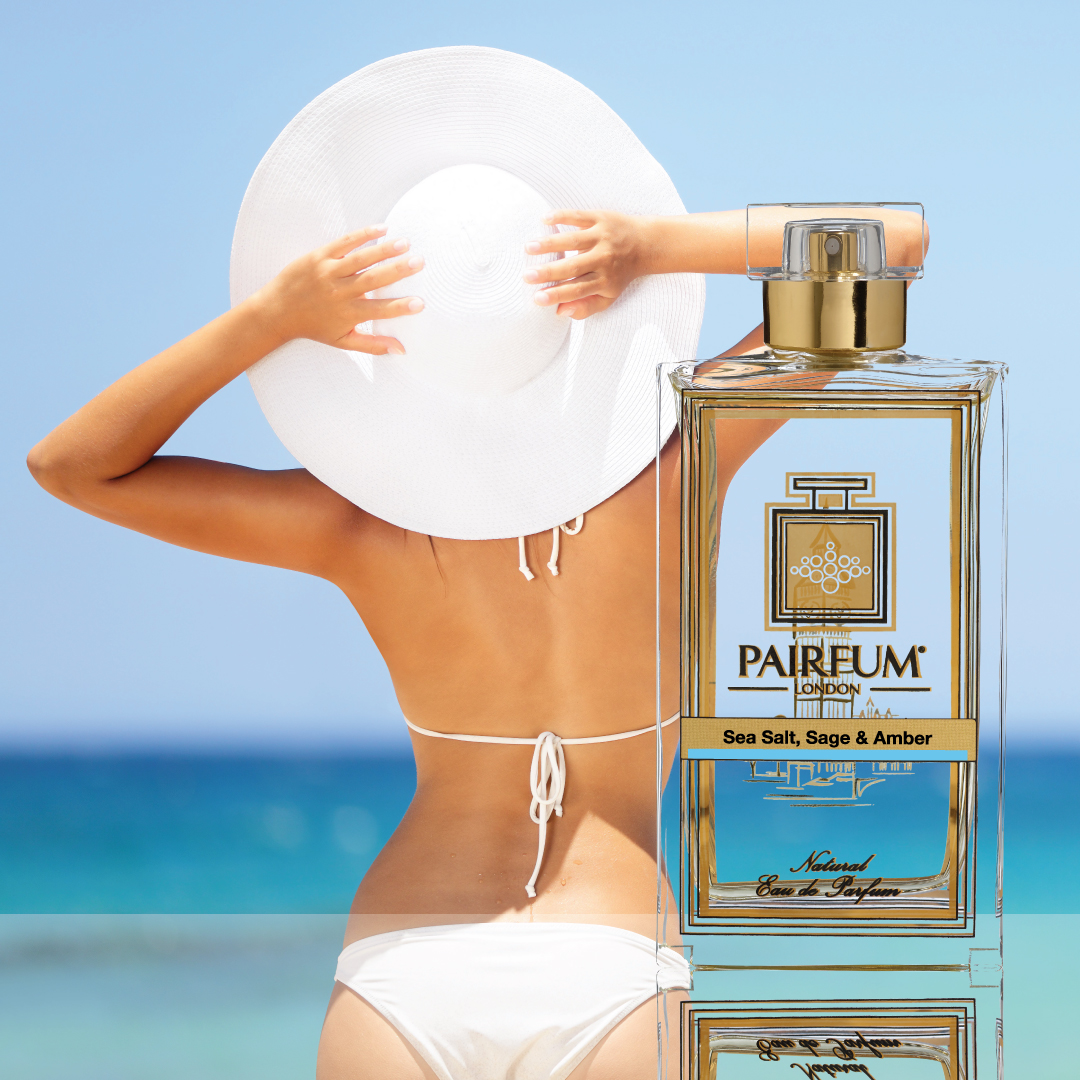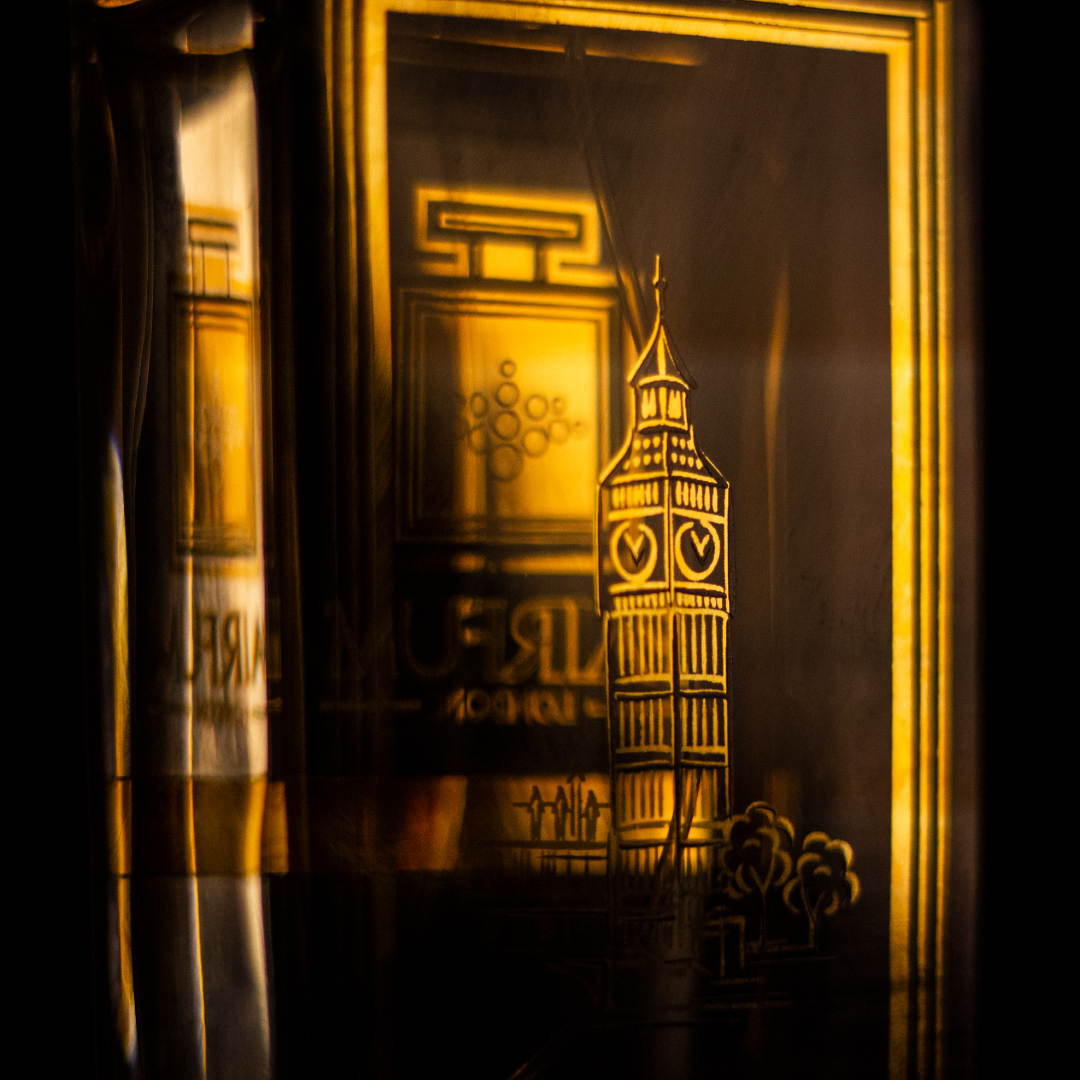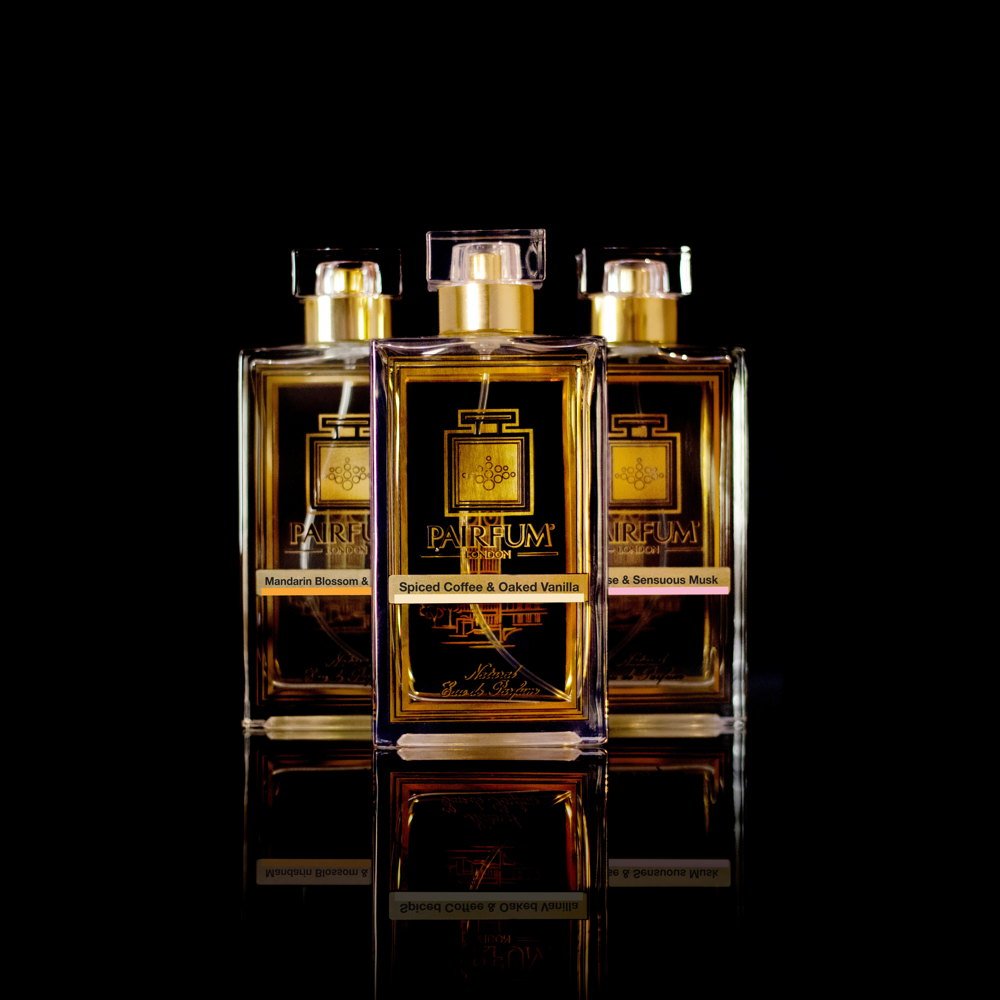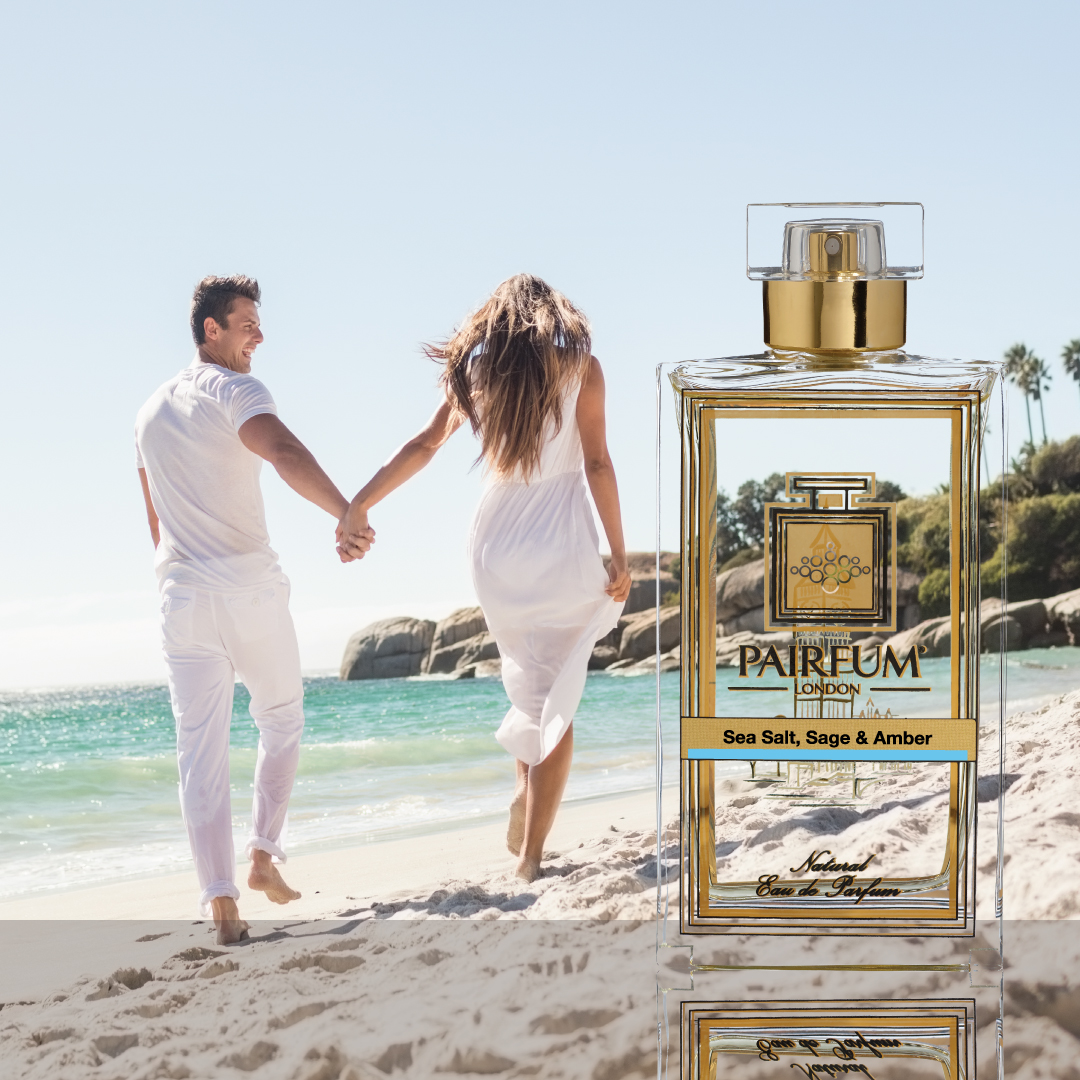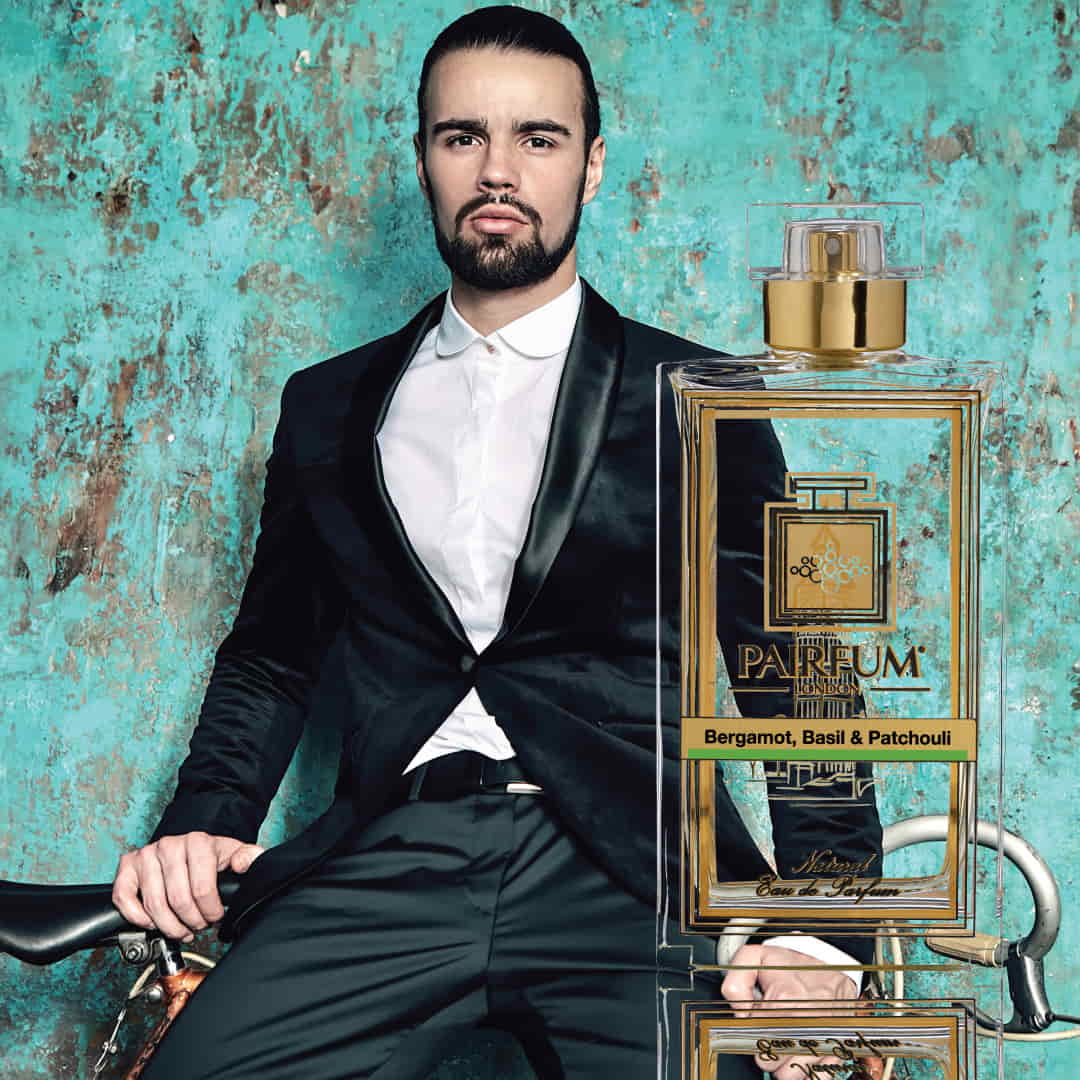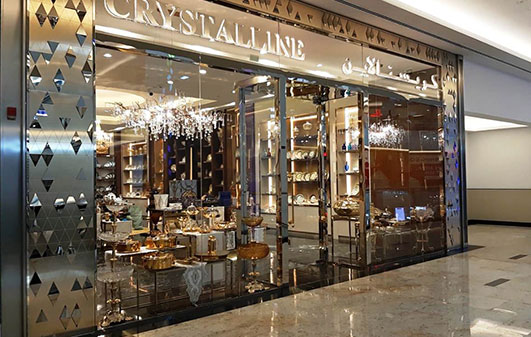Introduction:
During this year’s summer, one trend is lightweight skin care and it is a trend that is expected to continue into the autumn and to be resurrected for holidays in sunny & warm destinations.
In this blog post, we explain what lightweight skin care is and what implications this trend has for perfume and your use of perfume.

What Is Lightweight Skin Care?
Lightweight skin care products add hydration without lying heavily on the skin.
The reasons are simple:
- First, it allows for a healthy amount of vitamin D to penetrate the skin. Vitamin D is essential for overall health, and it can also help to protect the skin from sun damage.
- Second, lightweight products are less likely to clog pores. This is important, especially during the warmer months when sweat, oil and residues from other skin care products can build up on the skin. Clogged pores can lead to breakouts, so it is important to use products that allow your skin to function naturally.
- Finally, lightweight skincare products are often packed with beneficial ingredients that can improve the overall health of the skin. These ingredients may include hyaluronic acid, vitamin C or retinol.
Some products that fall into this lightweight category are tinted moisturizers, sunscreens, lotions and serums. Many of these products became a staple before spending the day in the sun. However, consumers are starting to think these benefits could be useful in all other seasons as well.
Many lightweight skincare products are aimed at packing in many beneficial skincare ingredients to ensure that your skin is left healthier after use. Healthier skin is the goal year-round, so we will be seeing this trend stick around.
An important thing to note about this trend is that lightweight products are perfect for applying before a full face of makeup. So, whether you are planning a day in the sun or a night out, lightweight skincare is not just a trend but a skin priming go-to for healthy skin.

What Are The Implications Of Lightweight Skin Care For Perfume?
We expect that the popularity of lightweight skincare will lead to a trend towards lighter, more refreshing perfumes, which are less likely to clog pores or irritate the skin.
In particular, here are our perfumer’s thoughts on how the trend towards lightweight skincare impacts the use of perfume:
- Perfume Concentration: Perfumes come in different concentrations, ranging from eau de parfum (EDP) to eau de toilette (EDT), eau de cologne (EDC) and eau fraiche (EF). EDPs are the most concentrated type of perfume, and they typically last the longest. EDT, EDC and EFs are less concentrated than EDPs. Eau Fraiche in particular are ideal for those that are looking for a perfume to match their lightweight skin care, as it offers a light, refreshing scent. It will require, however, that you re-apply the perfume several times during the day, in particular in countries or at times when the weather is warm or even hot.
- Oil-Based Perfumes: Oil-based perfumes, e.g. Parfum, Extrait or Attars, are excellent options for people with dry skin, as they can help to hydrate the skin and prevent it from drying out. However, oil-based perfumes will be heavier than the other types of perfumes we mentioned and will risk that your pores get clogged. In other words, they may not be suitable for people with oily, acne-prone skin or if you are concerned with clogged pores.
- Alcohol-Free Perfumes: Alcohol-free perfumes appear at first sight to be another excellent option when looking for a lightweight perfume solution. However, they are typically water based and contains ingredients that have the potential to clog pores and build up on your skin. As a consequence of the water content, a water-based perfume will require the following ingredients that don’t evaporate:
- solubilisers, to get the perfume to mix with the water,
- preservatives, to prevent bacteria build-up in the water, and
- other typically ingredients, such as foaming inhibitors, colourants, …
- Nozzles: Perfume sprays come with spray nozzles of varying quality. They control the amount of perfume that is released but also how fine and wide the mist is that they release. This is an area where low-cost perfume save money buy opting for lower quality spray nozzles with a heavier mist. Equally, while a rollerball or perfume pen can help to apply a perfume more precisely, they do tend to apply a heavier, thicker film then a delicate and fine spray nozzle does. Hence, we believe that perfume sprays are more in line with lightweight skin care.
- Application: Many of us rub our wrists after applying perfume. This mixes the skin care products you have applied with the perfume you just sprayed. We believe this routine goes against the intentions of lightweight skin care, as this could potentially block pores. Hence, we suggest that you simply spray your perfume and allow it to dry naturally.
- Amount: Another recommendation of ours would be to spray less perfume but re-fresh and top up your perfume it more frequently throughout the day. You will find that this works much better in hotter climates.
- Area: Spray your hair instead of your skin! This is a perfect fragrancing solution to accompany your lightweight skin care approach. In particular, we recommend lifting your hair and spraying your perfume into it from underneath. This helps to reduce perfume evaporation in hot climates.
- Perfume Notes: The style of the perfume note can also impact how it interacts with lightweight skincare. For example, perfumes with strong, heavy notes may not align with lightweight skincare. Perfumes with lighter, more refreshing notes may be a better choice.
- Back Notes: Back notes are the notes that linger on the skin after the initial scent has evaporated. Some people prefer perfumes with strong back notes, while others prefer perfumes with lighter back notes. If you are concerned about lightweight skincare interfering with the back notes of your perfume, you may want to choose a perfume with lighter back notes. Having said, the exact opposite can be observed in climates with high & extreme temperatures, e.g. the Arabic region, where the dominant back note is Oud, a note famous for its longevity. In other words, consumers tend to opt for heavy backnotes in the regions with high temperatures.

Conclusion
Ultimately, the best way to find out which perfume and how you apply it that works best for your with your lightweight skincare, is to experiment.
With a little trial and error, you should be able to find a solution that you love and that also works well with your lightweight skincare solution.
In this context, we highly recommend our company’s Perfume Experience Box. It contains 12 x Eau de Parfum Intense together paper smelling strips, allowing you to experiment with different niche perfume notes in the comfort of your own home over time, when the temperatures are elevated and on the paper strip before you apply it to your skin. The Box contains enough perfume to wear and live with each individual perfume for approx 2 weeks.
This is much better than buying a perfume in a rush, as you pass through the Duty Free at the airport only to find that you don’t enjoy it in the heat of your holiday destination.
Enjoy the combo of your lightweight skin care and a natural niche perfume to go with it.





